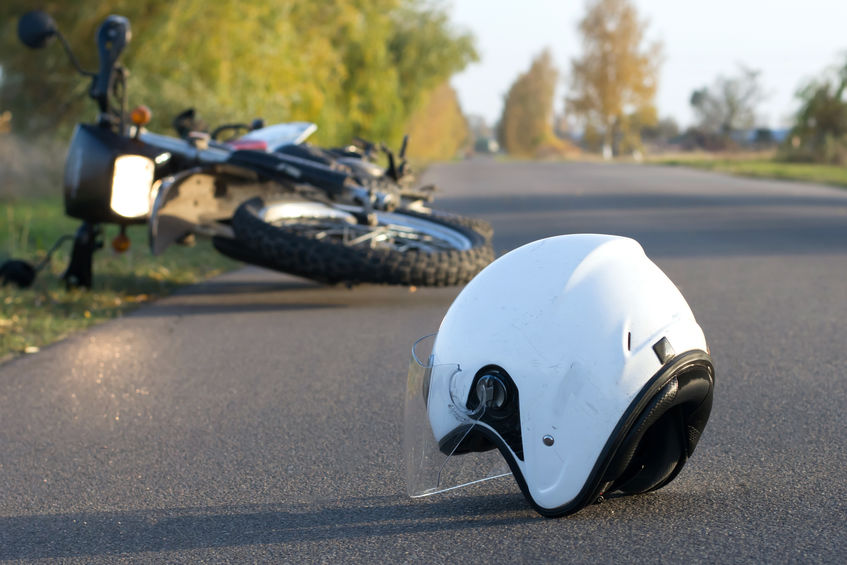If you were injured on an unsafe sidewalk in Washington State, there are several steps…

Stairs Without Handrails
According to a surprising study, over 1 million people experience an injury due to a stairway fall in the US each year. Although these types of injuries are common, if the fall was due to a faulty or missing handrail, then it was due to someone else’s negligence and you deserve fair compensation.
If you’ve suffered a slip and fall injury due to a missing or faulty handrail on a stairwell, here’s everything you need to know.
Washington State Stairwell Building Codes
If a stairway has two or more risers, it must meet Washington state stairwell building codes. These state:
- The rise of the steps cannot be less than 4 inches or more than 8 inches.
- The greatest rise must not exceed the smallest by more than 3/8ths of an inch.
- The run (or width of the step) cannot be less than 9 inches.
- Treads must be uniform in shape and size.
There are also a set of building codes in Washington State for handrails:
- A handrail is required for any stairway with three or more risers.
- The top of the handrail must be at least 34 inches from the treads, and a maximum of 38 inches away from the treads.
- Handrails must be continuous with no gaps for the full length of the stairs.
- The grip must be no less than 1 and ¼ inches, but no more than 2 inches in width.
- The grip cannot have any rough or sharp edges or corners.
- Handrails must have at least 1 and ½ inches of space between it and the wall.
If these building codes are not met, you are in a very good position to make a claim if you experience an accident.
How to deal with injuries due to stairs without handrails
It’s important to gather as much evidence as possible to prove your slip and fall injury. Here is what you’ll need:
- Photos or video of the stairwell
Get clear pictures or video of any broken steps, torn carpeting, a missing or broken handrail, or anything else that may have caused you to fall. Make sure all photographic evidence is timestamped (most smartphones do this automatically).
- Witness statements
If someone saw you fall, ask them if they will give a statement for you. It’s best if these are independent witnesses with no connection to you if possible. So don’t be afraid to ask a passerby if they saw you fall.
Ask for their information so you can contact them for a letter detailing their statement.
- Incident reports
Contact the building manager or property owner as soon as possible to get an incident report filed. This will show when and where the incident occurred as well as detailing your version of events.
- Admissions against interest
This is any comment made by the property owner or an employee showing their negligence. If they tell you they’ve already received reports of a faulty handrail or had other injuries, this is important evidence to include in your claim.
- Medical records
Even if your injuries from your fall are minor, it’s important to get seen by a medical professional to get a medical report filed. This will be proof of your injuries and will be used when calculating your compensation.
Get Fair Financial Compensation
If you’ve been injured because a property manager or owner failed to install or maintain a safe handrail, you could be owed compensation for your pain and suffering.
At WEIERLAW, we are experts in personal injury claims and will make sure you get the best settlement possible. Contact us today to tell us about your injury and we’ll give you our expert advice.



